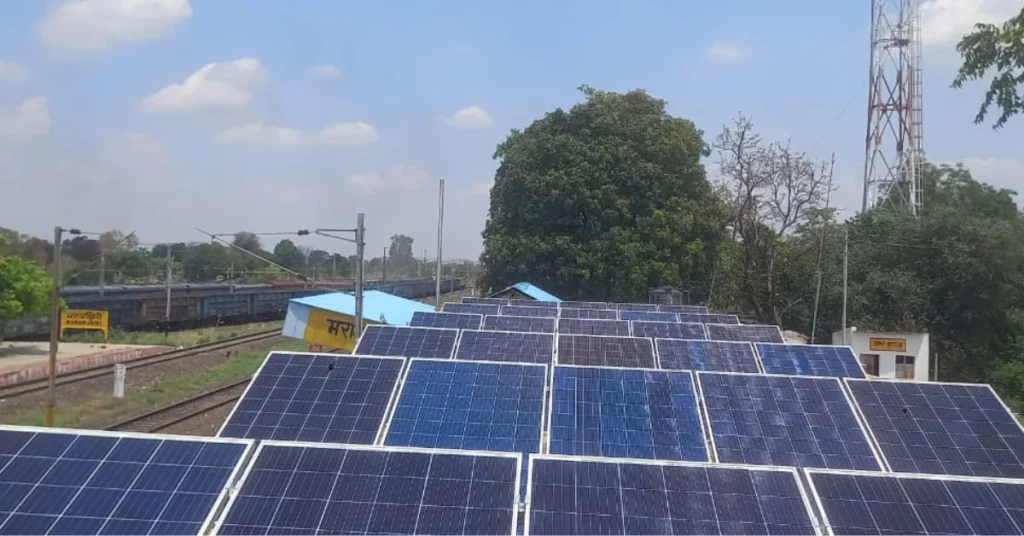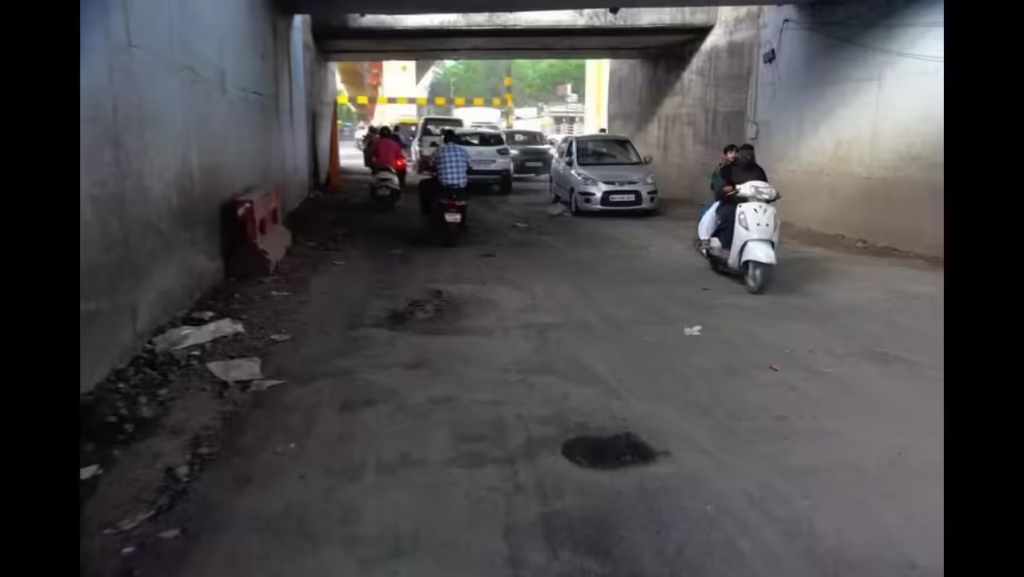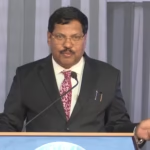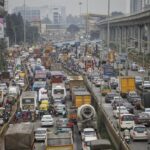Now Reading: Bengaluru Auto Drivers Steer Clear of Ride Apps, Use Tricks to Evade Crackdown
-
01
Bengaluru Auto Drivers Steer Clear of Ride Apps, Use Tricks to Evade Crackdown
Bengaluru Auto Drivers Steer Clear of Ride Apps, Use Tricks to Evade Crackdown
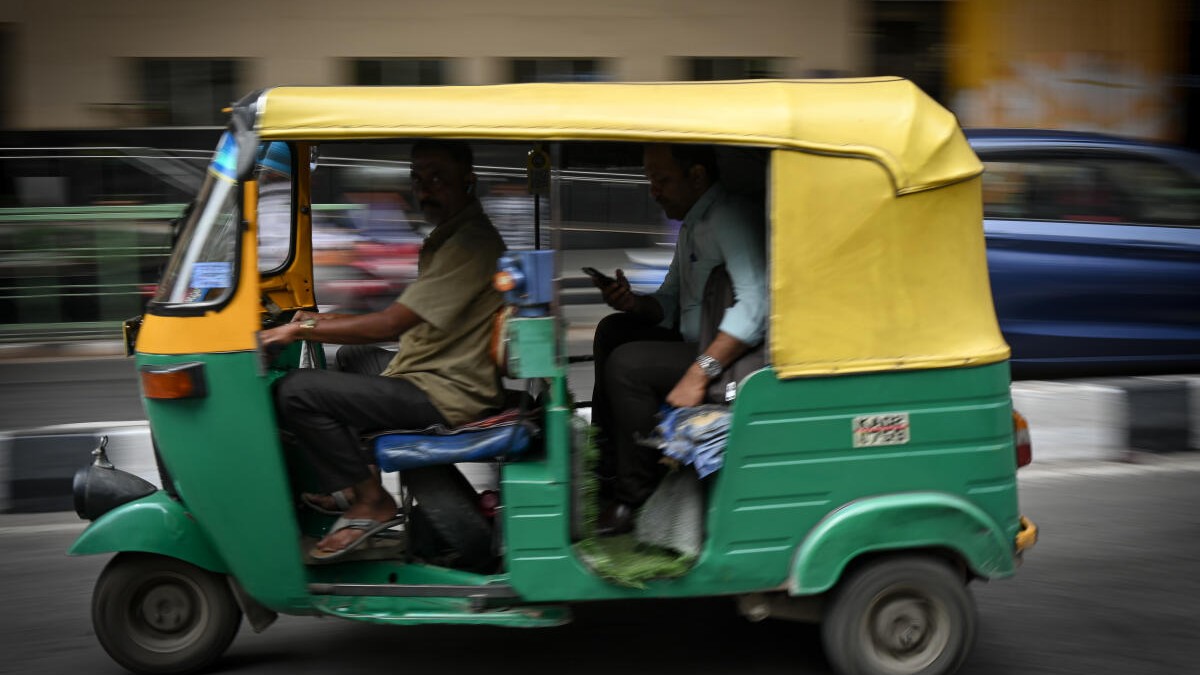
In Bengaluru, a growing number of auto-rickshaw drivers are staying away from aggregator platforms like Ola and Uber, citing declining earnings and tighter app regulations. Instead, many are resorting to traditional street pickups or offline bookings—often using clever workarounds to dodge enforcement drives by transport authorities.
Why Drivers Are Leaving Apps
Auto drivers in the city have raised concerns over rising commission cuts by aggregator platforms and sudden fare fluctuations. Many say that app-based services no longer offer fair compensation for the long hours they work, especially after fuel price hikes and increased operational costs.
For drivers who once relied heavily on app bookings, the dissatisfaction has led to a slow but visible shift back to direct pickups or cash-based bookings.
Workarounds to Stay Active
To avoid penalties or action during crackdown drives by transport authorities, some drivers have found creative methods. A common trick is to keep the app installed but avoid taking official bookings. Instead, they connect with passengers directly and settle rides offline—often quoting higher fares, especially during peak hours or in high-demand zones.
In some cases, drivers pretend to be off-duty or “out of service” on the app but remain active around tech parks and metro stations where demand remains high.
Commuters Feel the Pinch
For daily commuters, especially in Tier 2 pockets of Bengaluru like Yelahanka, KR Puram, and Jalahalli, the shift away from aggregators has made travel more unpredictable. With fewer autos accepting online bookings, passengers are left negotiating fares on the road, often paying more than the app’s estimated rate.
This has sparked growing frustration among working professionals and students who rely on app-based autos for fixed pricing and ease of payment.
Transport Department Response
The state transport department has conducted multiple enforcement drives to curb illegal fare practices and promote proper app usage. However, with limited on-ground manpower and changing tactics by drivers, consistent regulation has proved difficult. Officials have also urged aggregators to improve transparency in fare structure and driver support systems.
A Call for Balance
Experts believe the root of the issue lies in the imbalance between driver earnings and aggregator profits. Without addressing the underlying financial stress on auto drivers, simply enforcing crackdowns may not yield long-term results. They suggest a relook at commission policies and better communication between platforms, drivers, and authorities.
Conclusion
Bengaluru’s evolving auto landscape reflects a larger tension between traditional service models and tech-driven platforms. As drivers seek better earnings and passengers look for reliable services, the challenge lies in creating a fair and sustainable system. Unless solutions are found soon, commuters in both metro hubs and outer neighbourhoods may continue to bear the brunt of this silent standoff.
Ask ChatGPT
